If you’ve ever noticed the gap between your dresser and the wall, you know how unattractive and unwelcome it can be. Fortunately, there are a few simple solutions for creating a seamless look in any room. However, it can be covered with some simple steps.
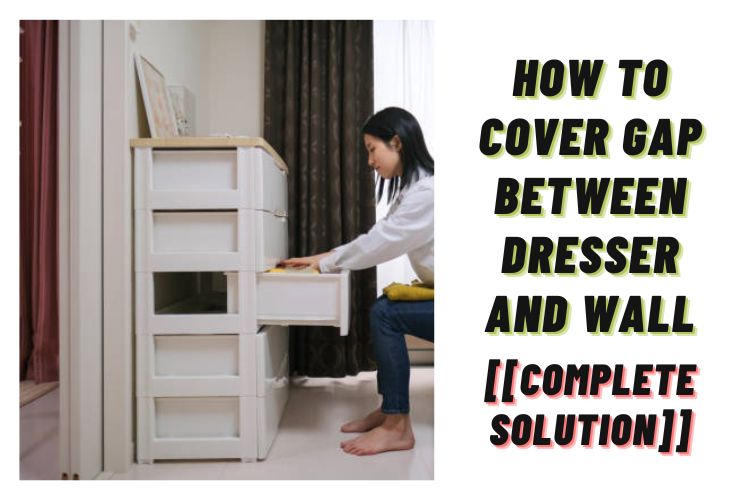
In this article, we are going to discuss ways to cover up that unsightly gap between your dresser and the wall, from using silicone caulk to choosing an additional piece of furniture. We’ll consider different types of caulk, wall colors, and other helpful tips to ensure your bedroom has a crisp and clean look that is free from gaps.
Why do I have a gap between the dresser and wall?
If you’ve ever noticed a gap between your dresser and the wall, you may be wondering why it’s there. There are a few reasons why this might happen, and understanding them can help you determine whether or not it’s something you need to worry about.
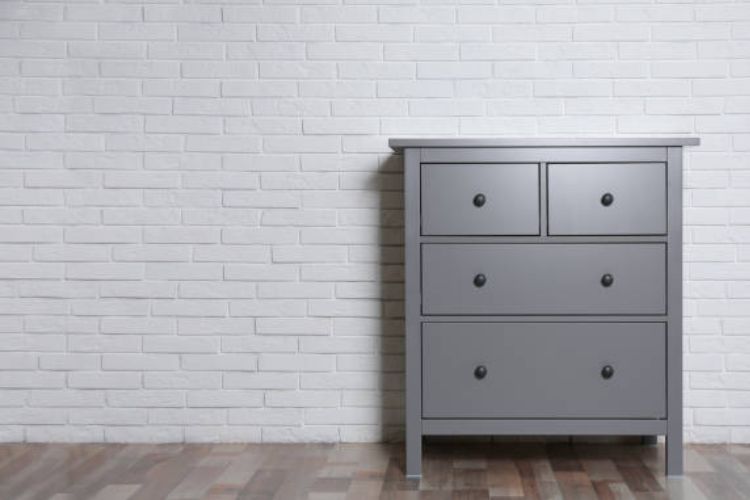
| Possibility | Explanation | Solution |
| 1. The dresser is simply too large for the space: | This can happen if you’ve recently moved, or if you’ve acquired a new piece of furniture without measuring the space first. | If this is the case, you may need to consider replacing the dresser with something smaller or rearranging the room to accommodate it better. |
| 2. The wall itself is not straight: | If your home is older, or if you live in an apartment building, it’s possible that the walls may have shifted over time. This can create gaps between furniture and the wall, as well as other issues such as uneven floors or doors that don’t close properly. | If you suspect that this may be the case, you may need to consult a contractor or home inspector to assess the situation. |
| 3. The gap is intentional: | Some people prefer to leave a small space between furniture and the wall in order to allow for better airflow and prevent moisture from accumulating. | This can be especially important if you live in a humid climate or if you have concerns about mold or mildew. |
Should I have gap between dresser and wall?
The decision of whether or not you should have a gap between your dresser and the wall depends on a few factors. They are as follows;
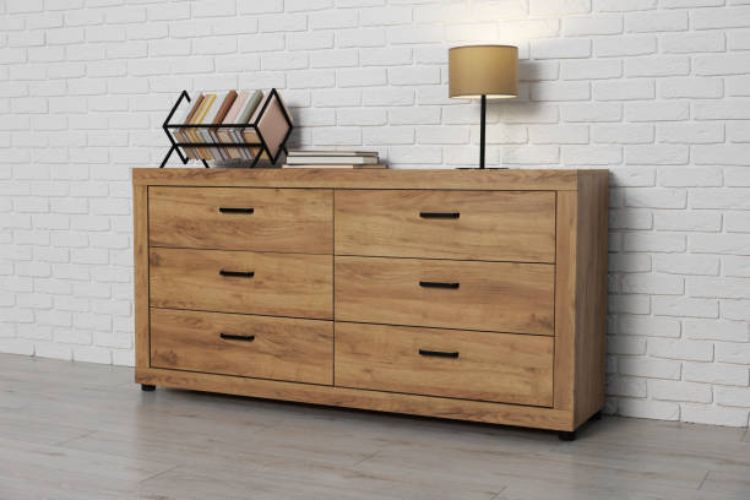
- If you are looking for an aesthetically pleasing look, then having some space between the piece of furniture and the wall can be beneficial.
Note: An added benefit is that this allows air to flow better around the dresser which can help with reducing dust buildup.
- If you would like to utilize storage space behind the dresser then leaving some distance between the wall and the dresser will ensure that items placed in this area remain free from dust and other debris.
Note: A further benefit is easy access–you won’t need to move the entire piece of furniture every time you want something from behind it!
- Check for any baseboard molding along the walls before deciding if a gap should exist. Having a gap may create an awkward void unless incorporated properly.
Cover the gap between dresser/wardrobe/cabinet and wall
Looking for ways to cover the gap between your dresser, wardrobe, or cabinet and the wall? Here are some tips to help you achieve a seamless look and prevent dust and dirt from accumulating in those tough-to-reach spots.
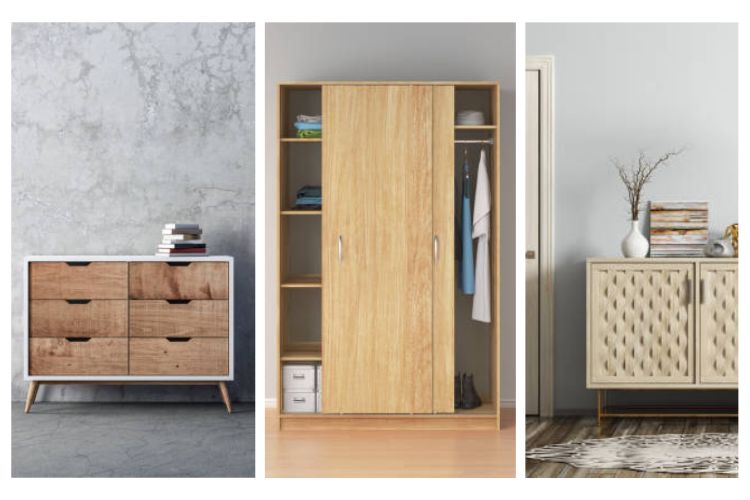
| Tips | Explanation |
| 1. Use a foam weather stripping tape: | This is an easy and inexpensive solution that can be found at your local hardware store. Simply cut the foam tape to the desired length and attach it to the back of your furniture piece. This will create a barrier between the furniture and the wall, filling in the gap and preventing debris from getting trapped. |
| 2. Install baseboard molding: | If you want to add a decorative touch to your room while also covering the gap, consider installing baseboard molding. Choose a style that complements the furniture and room decor, and attach it to the wall using nails or adhesive. This will not only cover the gap but also add a polished finish to the room. |
| 3. Use a tension rod and a curtain: | Another option is to install a tension rod between the furniture and the wall and hang a curtain to cover the gap. This is an excellent solution for those who want to add a pop of color or pattern to their room while also hiding the gap. Choose a curtain that complements the furniture and room decor for a cohesive look. |
| 4. Attach a panel or screen: | If you’re looking for a more permanent solution, consider attaching a panel or screen to the back of your furniture piece. This can be made of wood, metal, or fabric and can be customized to match your room decor. Attach the panel to the furniture using screws or adhesive, and it will cover the gap while also adding a unique touch to your room. |
| 5. Add a floating shelf: | if you have a gap between your furniture and the wall, you can turn it into an opportunity to add a floating shelf. This will not only cover the gap but also provide additional storage space for books, plants, or decorative items. Choose a shelf that complements the furniture and room decor for a cohesive look. |
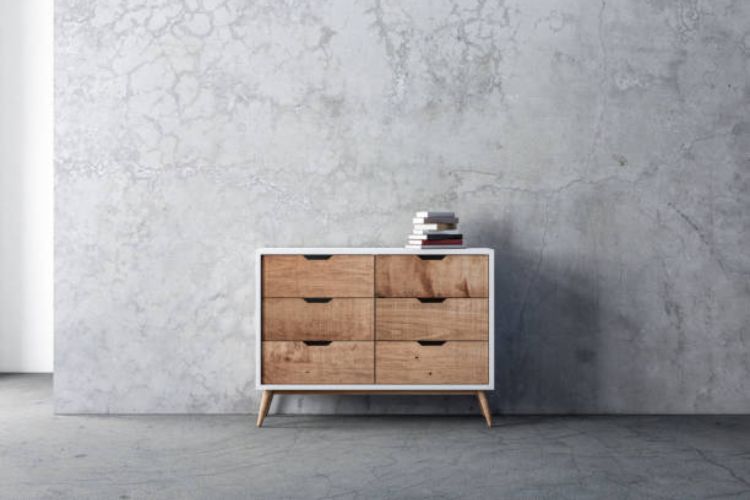
With these tips, you can cover the gap between your dresser, wardrobe, or cabinet and the wall and achieve a seamless, polished look in your room.
How to fill large gap between dresser and wall?
If you have a large gap between your dresser and the wall, there are a few simple solutions to fill it up.

- One option is to use foam padding or wedges to fill the gap.
- Another option is to place a decorative piece of furniture, such as a small bookshelf or plant stand, in the space to add some personality and functionality to the room.
- If you prefer a more minimalist look, you can simply slide a large piece of artwork or a decorative panel behind the dresser to fill up the empty space.
With these easy tips, you can make the most of your room and create a cohesive and stylish look.
How to fill gap between other furniture and wall?
When it comes to filling the gap between furniture and a wall, there are a few options to consider.
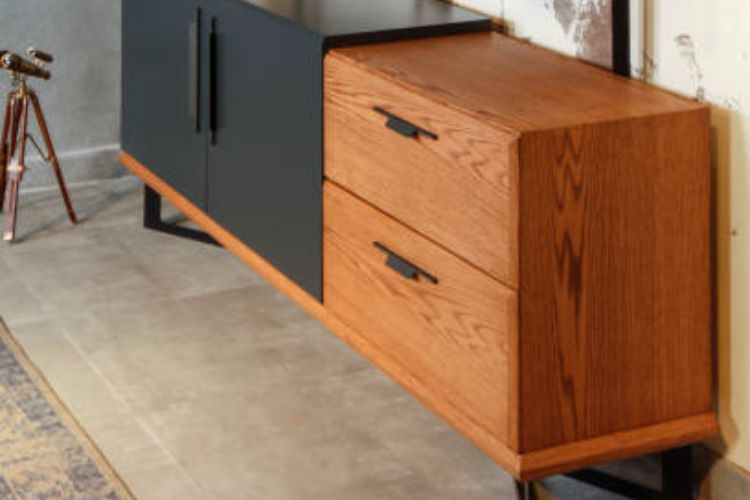
- One solution is to use furniture sliders to move the piece closer to the wall.
- Another option is to add a decorative accessory, such as a plant or decorative pillow, to fill the space.
- Using a slim bookshelf or console table can serve as a functional and aesthetically pleasing way to bridge the gap.
Whatever solution you choose, make sure it fits the overall style and layout of the room.
Gap between desk and wall
The gap between the desk and the wall can be a nuisance for many, but it’s important to consider the potential hazards it may pose. Items can easily fall or become stuck in the crevice, causing damage or creating a fire hazard. It’s essential to keep this area clean and clear to prevent any potential harm and ensure a safe and functional workspace.
Block gap between desk and wall
There are a number of solutions to the block gap problem. One option is to use a desk with a built-in cable management system, which will help to keep cords and other items organized and out of sight.
Another option is to use a desk riser or stand, which can lift the desk off the ground and create more space underneath. Additionally, simple solutions like placing a small rug or mat behind the desk can help to prevent dropped items from rolling too far out of reach.
Conclusion
The best solution for covering the gap between a dresser and a wall is to use a foam rubber weather strip. This material is easy to apply, inexpensive, and effective at closing gaps in a variety of spaces. Simply measure the length of the gap and cut the weather strip to size before placing it along the bottom of the dresser. This will prevent dust and debris from accumulating in the gap and provide a clean and polished look to your bedroom.
FAQs
Frequently Asked Questions
What to do with gap between bed and wall?
There are several options to consider when dealing with the gap between the bed and the wall. Firstly, you could try using a bed wedge pillow to fill the space and provide additional support while sleeping. Alternatively, you could install a bed rail or bumper to prevent items from falling down the gap. Another option is to move the bed away from the wall and use a headboard to fill the space. Lastly, you could consider rearranging your bedroom furniture to eliminate the gap altogether.
How to hide gap between shelf and wall?
One possible solution to hiding the gap between a shelf and a wall is to use caulk or wood filler to fill in the gap, then paint over it to match the color of the wall. Another option is to install decorative molding or trim along the edge of the shelf to cover up the gap. You could use a bracket or support system to secure the shelf directly to the wall, eliminating the gap altogether.
What to put in gap between bed and wall?
You can put a variety of things in the gap between your bed and the wall, depending on your needs and preferences. Some options include a bedside table, a small bookshelf, a storage unit, a floor lamp, or even some decorative pillows or artwork. Just make sure that whatever you choose fits snugly against the wall and doesn’t pose a tripping hazard.

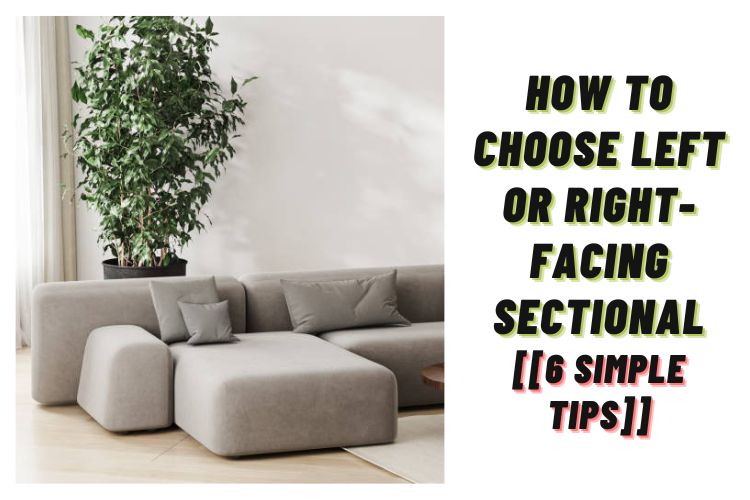
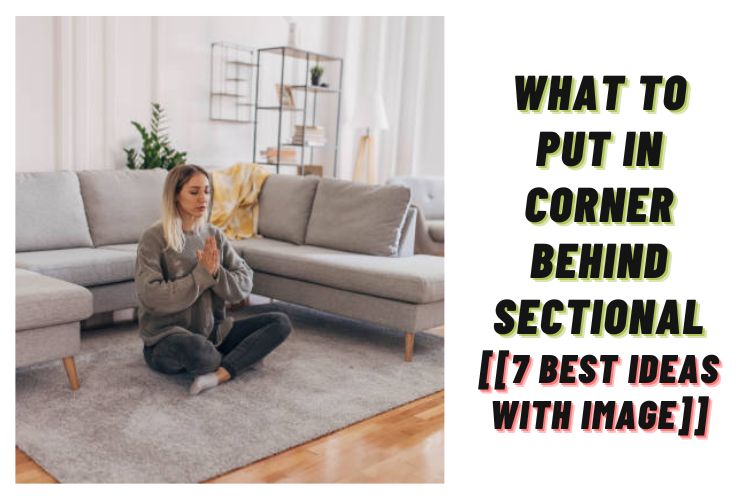
Leave a Reply